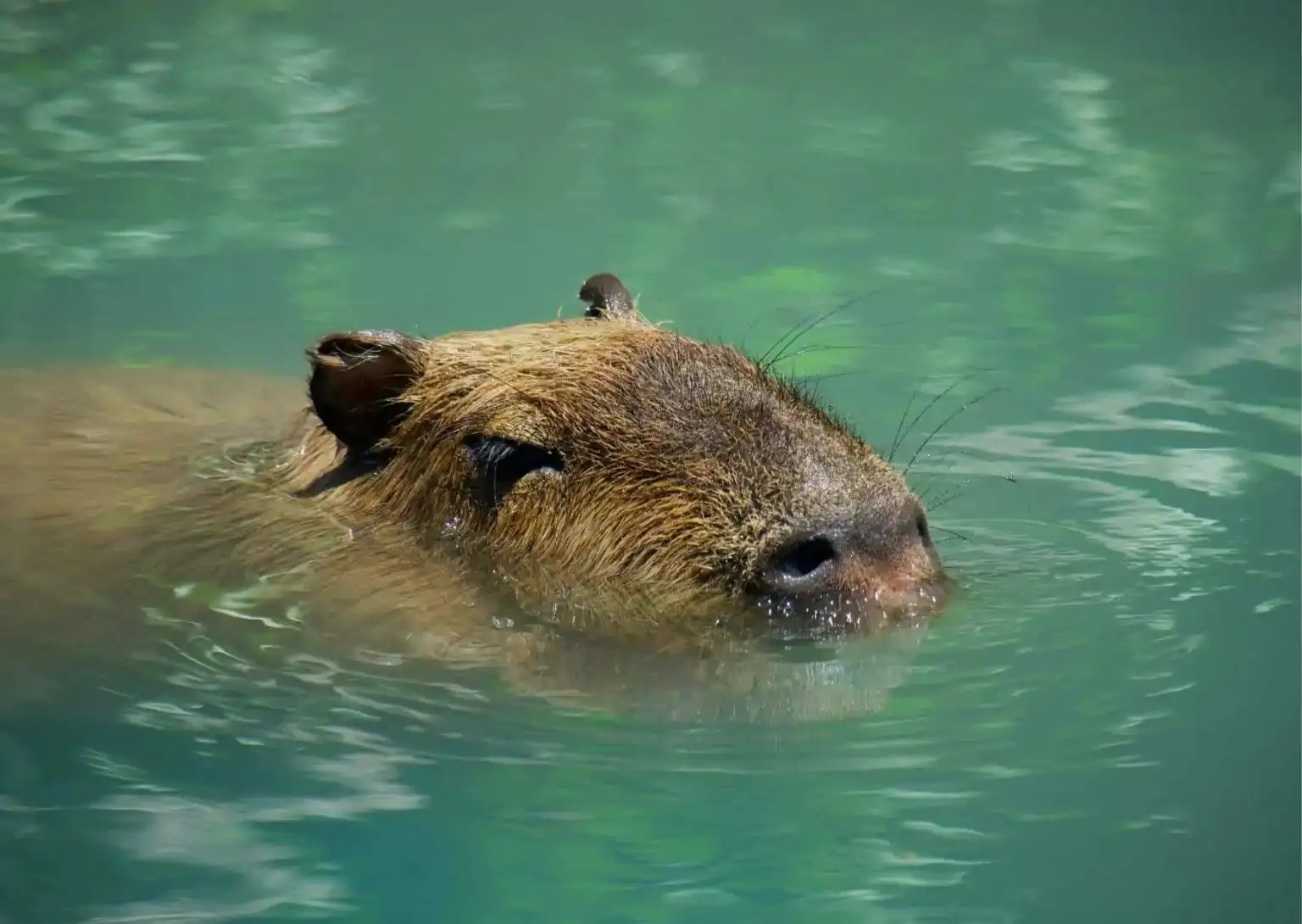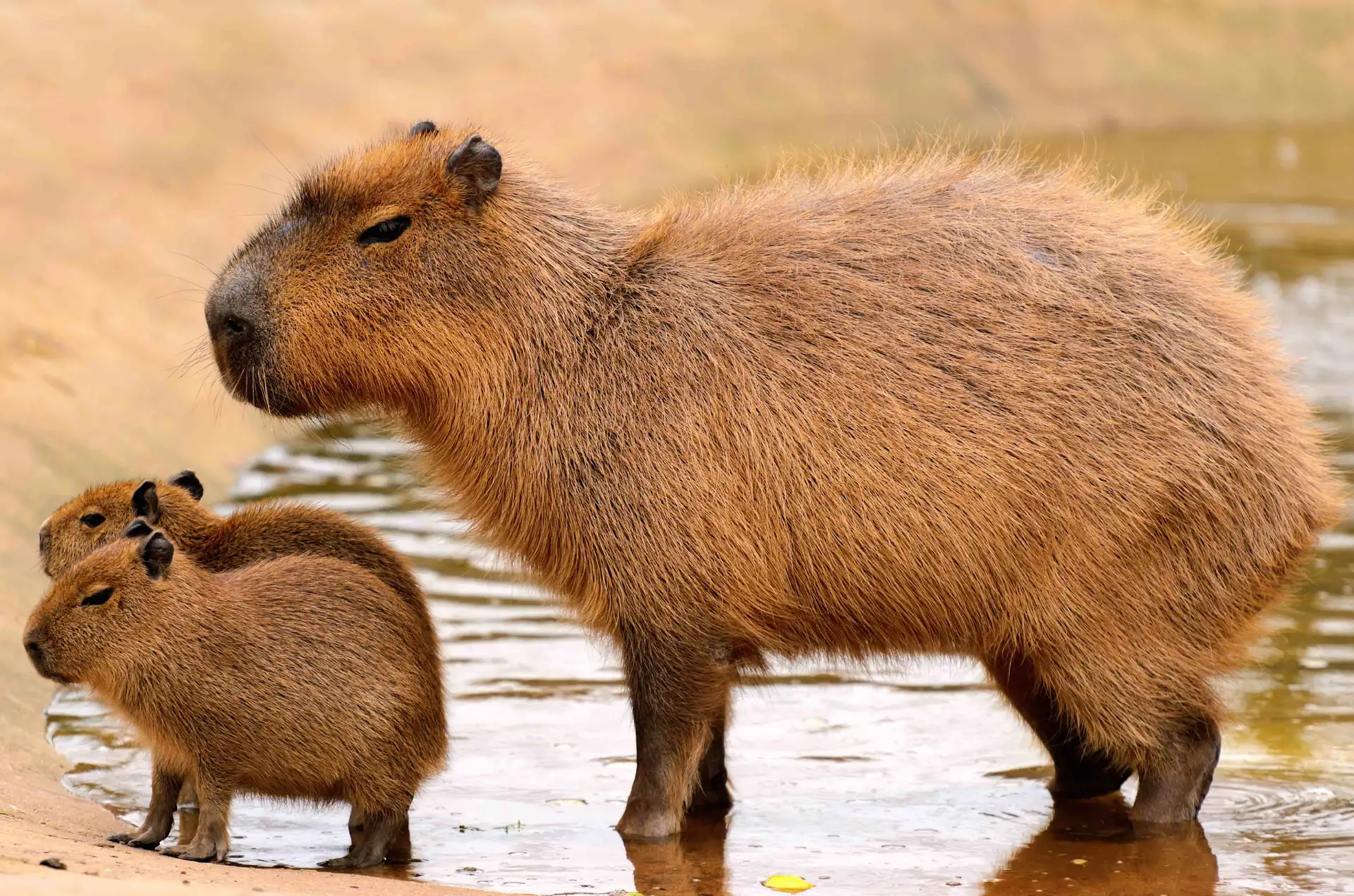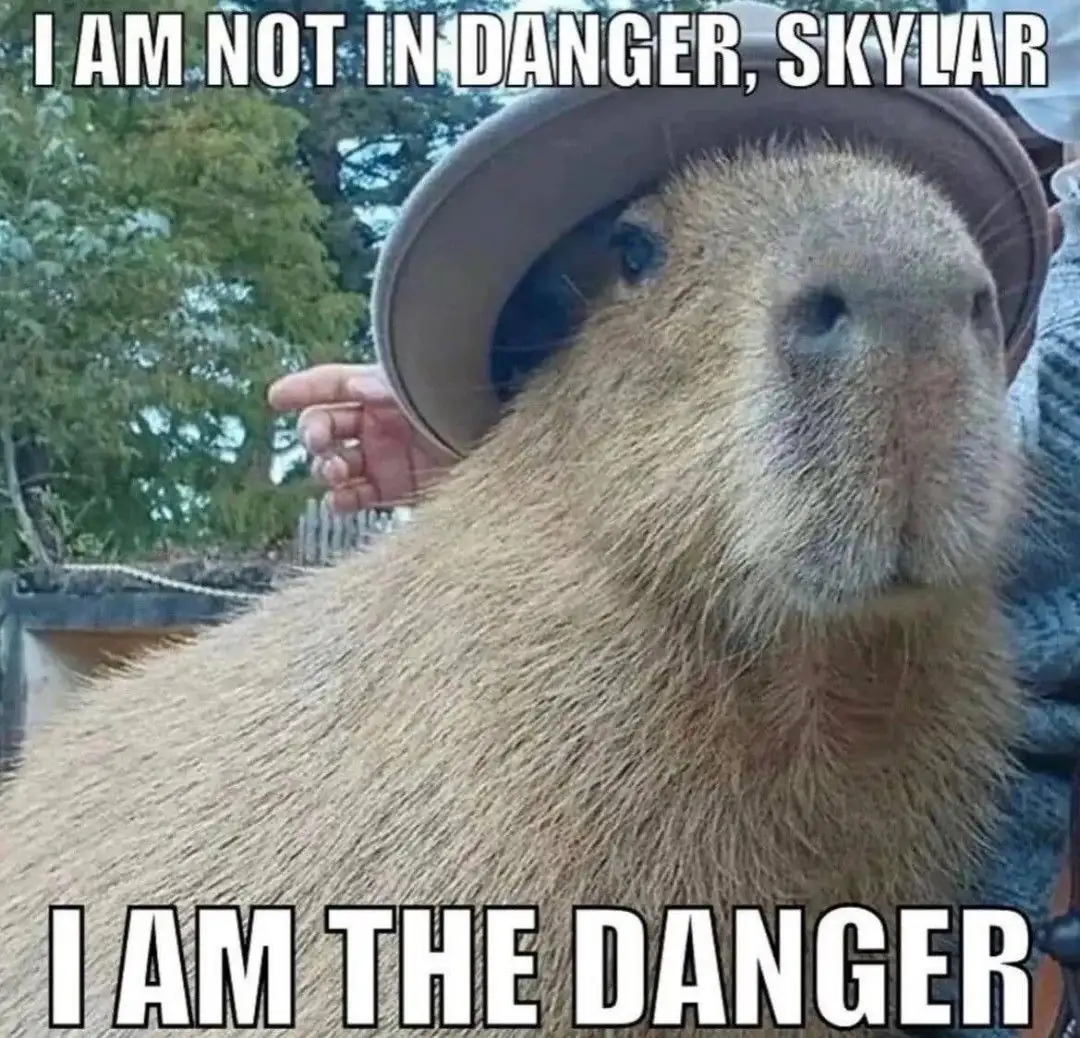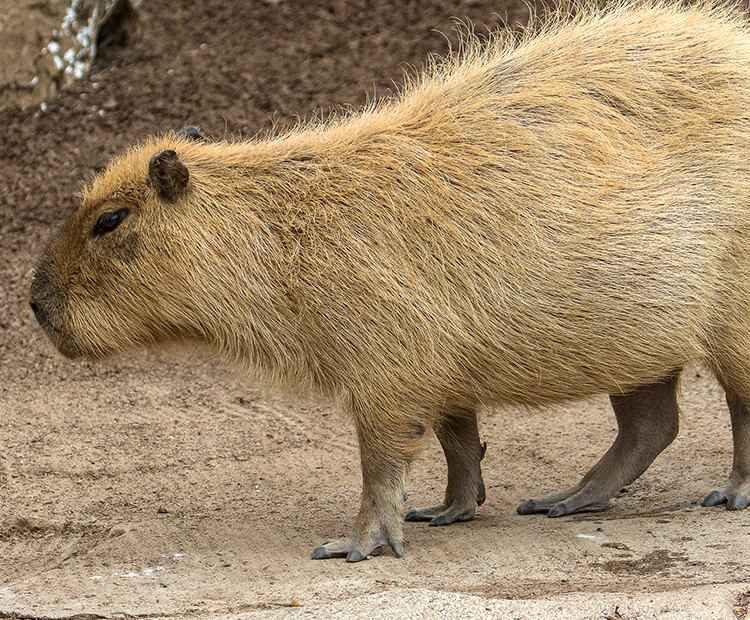Let’s dive into the world of capybaras, those oversized guinea pigs that have taken the internet by storm. You’ve probably seen them chilling in hot springs or hanging out with other animals, looking chill AF. But here’s the million-dollar question: are these giant rodents actually dangerous?
The Lowdown on Capybara Behavior

First things first, capybaras are generally chill creatures. They’re like the stoners of the animal kingdom – laid-back, social, and not looking for trouble. But don’t let their relaxed demeanor fool you. These guys can pack a punch if they need to.
The Social Butterflies of the Rodent World
Capybaras are all about that squad life. They roll deep in groups of 10-20, sometimes even up to 100 during dry seasons. This social structure is key to understanding their behavior:
- They’re not territorial like some animals
- They prefer to avoid conflict rather than start it
- They’re more likely to run than fight
But here’s the kicker: just because they’re social doesn’t mean they’re pushovers.
When Capybaras Get Their Hackles Up

Now, I’m not saying capybaras are out there plotting world domination or anything. But like any animal, they can get defensive if they feel threatened. Here’s when you might see a capybara’s not-so-chill side:
- Feeling cornered: If they can’t escape, they might lash out
- Protecting their young: Mama capybaras don’t mess around
- Mating season: Hormones can make even the chillest creatures a bit edgy
The Capybara Arsenal: What They’re Packing

Alright, let’s talk about what these rodents are working with:
- Size: They’re the world’s largest rodents, weighing up to 150 pounds. That’s like a small person!
- Teeth: They’ve got some serious chompers that keep growing throughout their life
- Speed: On land, they can hit speeds up to 35 km/h. In water, they’re like furry torpedoes
But here’s the thing: they’re not using these tools to go around terrorizing the neighborhood. It’s all about self-defense, baby.
Capybara vs. Human: The Showdown

So, what happens when capybaras and humans mix? Generally, not much. These guys are pretty chill around people, especially if they’re used to us. But there are a few things to keep in mind:
- Don’t corner them: Give them space, and they’ll return the favor
- Respect their families: Don’t mess with their kids, and they won’t mess with you
- Watch for signs: If they start making alarm calls or showing their teeth, back off
The Real Danger: It’s Not What You Think

Here’s where it gets interesting. The biggest danger from capybaras isn’t their bite or their size. It’s what they carry:
- Ticks: These little bloodsuckers can transmit diseases like Rocky Mountain spotted fever
- Bacteria: Capybaras can carry leptospirosis, which can be nasty for humans
So, while a capybara isn’t likely to attack you, getting too close could still be risky.
Capybaras in Different Environments

Now, let’s break it down by where you might encounter these furry giants:
In the Wild
In their natural habitat, capybaras are more likely to run than confront you. They’re all about that flight, not fight life. But remember, we’re in their house, so respect is key.
In Urban Areas
As humans expand into capybara territory, we’re seeing more of them in cities and suburbs. Here, they might be more used to people, but that doesn’t mean they’re pets. Keep your distance, and don’t feed them your leftovers.
In Captivity
Capybaras in zoos or as exotic pets (where it’s legal) are often more accustomed to humans. But don’t let your guard down completely. They’re still wild animals at heart.
The Capybara Reputation: Separating Fact from Fiction

Let’s bust some myths:
- Myth: Capybaras are aggressive animals
- Fact: They’re generally docile and prefer to avoid confrontation
- Myth: Capybaras make great pets
- Fact: They’re wild animals with specific needs and can be challenging to care for
- Myth: Capybaras are harmless
- Fact: While not typically dangerous, they can cause harm if provoked or mishandled
FAQs About Capybara Danger

Got questions? I’ve got answers:
Q: Can a capybara kill you?
A: It’s highly unlikely. While they could theoretically cause serious harm, there are no recorded cases of capybaras killing humans.
Q: Are capybaras friendly to humans?
A: Generally, yes. They’re known for their docile nature and can even seem indifferent to human presence.
Q: Do capybaras bite?
A: They can, but it’s rare. Bites usually only happen if they feel threatened or cornered.
Q: Are capybaras more dangerous than other rodents?
A: Not necessarily. Their size makes them potentially more harmful if they do attack, but they’re less likely to be aggressive than smaller rodents like rats.
The Bottom Line: Respect the Capybara

Here’s the deal: capybaras aren’t out to get you. They’re not lying in wait to ambush unsuspecting humans or plotting to take over the world. But they are wild animals, and that means we need to treat them with respect.
The key to coexisting with capybaras is simple:
- Give them space
- Don’t feed or try to pet them in the wild
- Appreciate them from a distance
Remember, these chilled-out creatures are just trying to live their best lives. As long as we respect their boundaries, we can all enjoy the wonder that is the capybara without any danger.
So, are capybaras dangerous? Not inherently. But like any wild animal, they deserve our respect and caution. Keep that in mind, and you’ll be all set to appreciate these awesome rodents safely.

